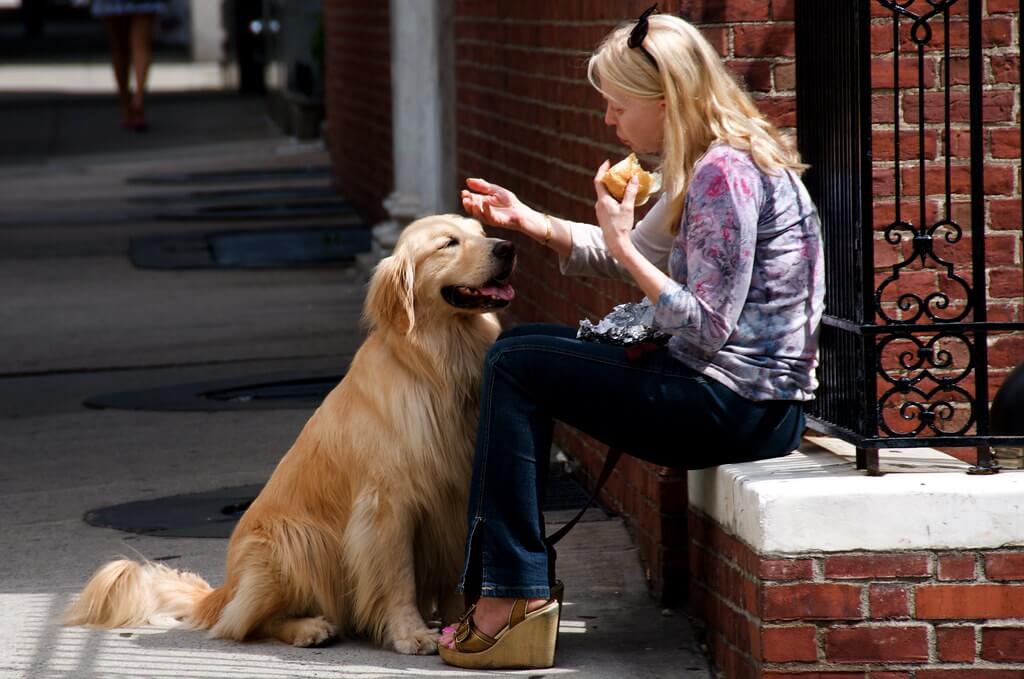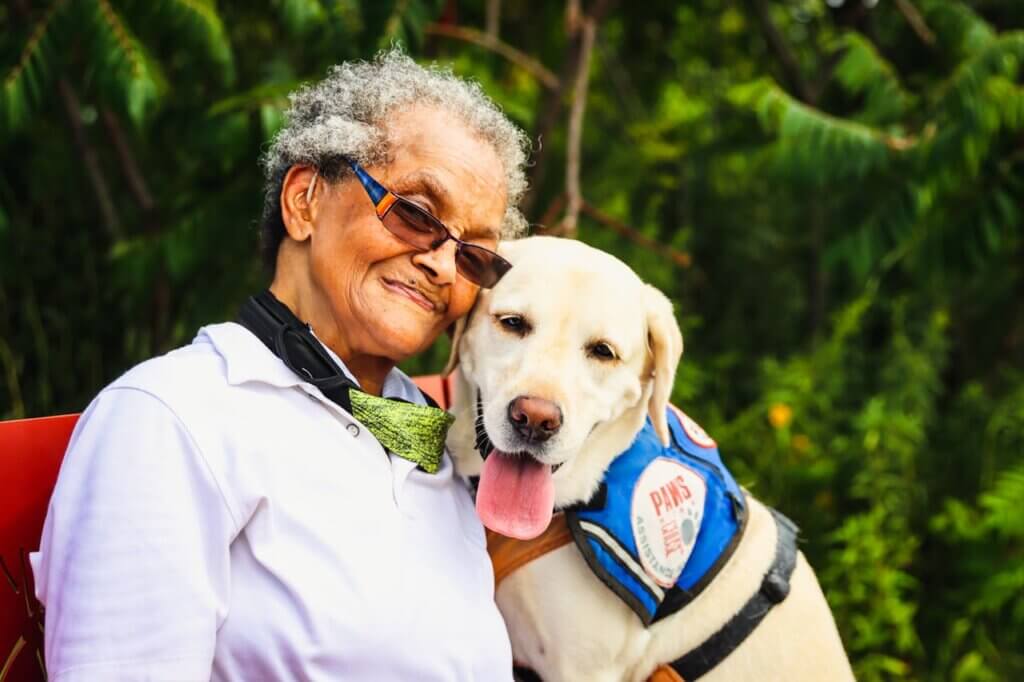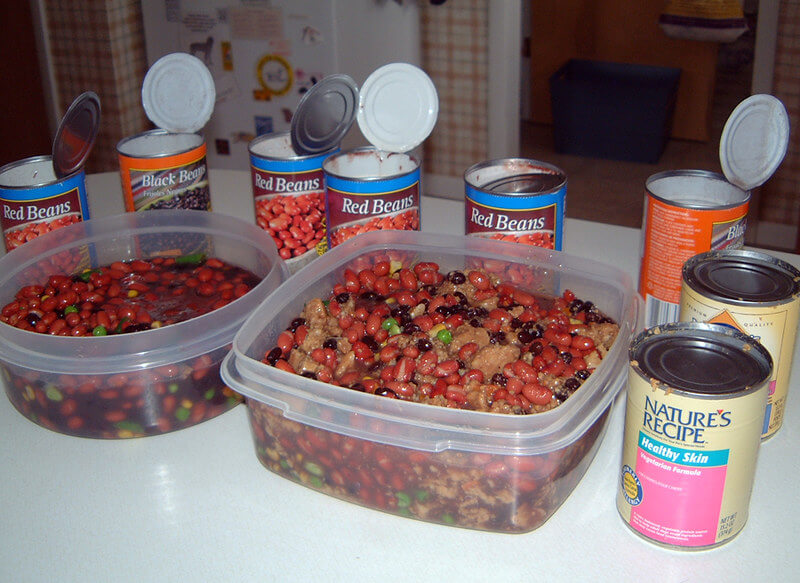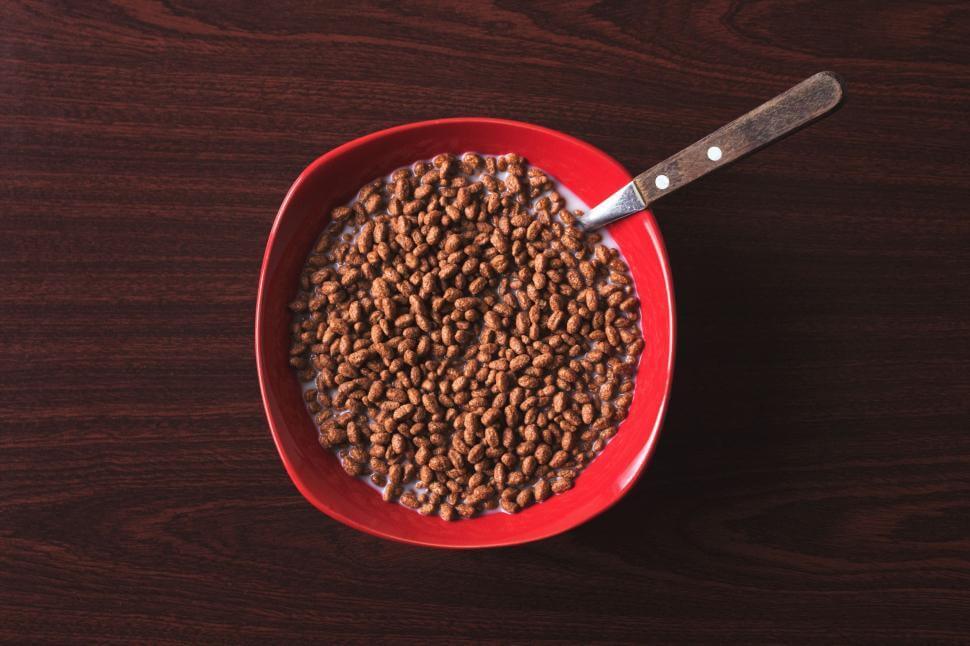How to Prepare Dog Food at Home for Senior Dogs
As our dogs age, they need exceptional food to stay healthy. Making homemade food for them shows how much we care. This guide is all about how to prepare dog food at Home for Senior Dogs. We’ll share easy recipes that are good for them. These recipes have things like meat, veggies, and grains to keep them strong and happy. Let’s learn how to make delicious meals that keep our older dogs wagging their tails!
Certainly! Here are five recipes for homemade dog food tailored for senior dogs:
Recipe 1: Chicken and Rice Delight: How to Prepare Dog Food at Home for Senior Dogs
Ingredients:
- 1 cup boiled chicken breast, shredded
- 1/2 cup cooked brown rice
- 1/2 cup steamed carrots, finely diced
- 1/2 cup steamed green beans, finely diced
- One teaspoon of fish oil (optional)
Instructions:
- Combine the shredded chicken in a big basin. Cooked rice and diced vegetables.
- Mix well until all the ingredients are dispersed equally.
- Add the fish oil and stir well to incorporate.
- Serve at room temperature, storing any unused portions in the refrigerator for up to three days.
Recipe 2: Turkey and Sweet Potato Feast
Ingredients:
- 1 cup ground turkey
- 1 cup cooked sweet potato, mashed
- 1/2 cup steamed green peas
- 1/4 cup cottage cheese
Instructions:
- Ground turkey should be cooked in a skillet over medium heat—the ground turkey. Until fully cooked, then drain excess fat.
- In a bowl, combine the cooked turkey, mashed sweet potato, and steamed peas.
- Add the cottage cheese and mix well.
- Allow to cool before serving, and store leftovers in the refrigerator for up to three days.
Recipe 3: Beef and Vegetable Medley
Ingredients:
- 1 cup ground beef
- 1/2 cup cooked quinoa
- 1/2 cup steamed broccoli, finely chopped
- 1/2 cup steamed carrots, finely chopped
- One tablespoon of olive oil
Instructions:
- Heat a pan with ground beef over medium heat until brown, draining excess fat.
- Mix the cooked beef, the quinoa, and chopped vegetables.
- Pour some olive oil over the blend and give it a good toss.
- Let it cool slightly before serving, and refrigerate any leftovers for up to three days.
Recipe 4: Lamb and Brown Rice Surprise
Ingredients:
- 1 cup ground lamb
- 1 cup cooked brown rice
- 1/2 cup cooked pumpkin, mashed
- 1/2 cup steamed spinach, finely chopped
- One teaspoon flaxseed oil
Instructions:
- Cook the ground lamb in a pan over medium heat until fully cooked, drain the excess fat.
- Mix the cooked lamb, brown rice, mashed pumpkin, and chopped spinach in a bowl.
- Add flaxseed oil and blend well.
- Serve once cooled, and keep leftovers in the refrigerator for up to three days.
Recipe 5: Fish and Potato Supreme
Ingredients:
- One cup of fried white fish, like cod flaked
- 1 cup cooked potato, mashed
- 1/2 cup steamed green beans, finely diced
- 1/2 cup steamed and peeled apple, finely diced
- One teaspoon of coconut oil
Instructions:
- Combine the mashed fish and flaked fish in a bowl. Potato, green beans, and apple.
- Add coconut oil and mix thoroughly.
- Allow the mixture to cool before serving.
- Any leftovers can be kept in the fridge for up to three days.
With this simple yet nutritious recipe, you can provide your senior dog with a homemade meal that supports their health and well-being. By preparing food at home, you demonstrate your love and dedication to their happiness, ensuring they enjoy every bite of their golden years.
Some additional tips to keep in mind when crafting homemade dog food for senior dogs include:
- I was using fresh, high-quality ingredients, such as organic meats and vegetables, whenever possible.
- I am avoiding common toxic foods for dogs, such as chocolate, grapes, and raisins.
- They are incorporating variety into their diet by rotating protein sources and adding different types of fruits and vegetables.
- They monitor your dog’s weight and adjust their serving size to keep your weight in check.
- They are aware of any potential allergies or sensitivities your senior dog may have when selecting ingredients for their food.
Overall, homemade dog food for senior dogs can be an excellent option for providing tailored nutrition and showing your love and dedication to their well-being. With careful consideration, consultation with a veterinarian, and creativity in the kitchen, you can cook delicious, wholesome food for your older dog. Thrive in their golden years.
So why not give it a try and see the positive impact it can have on your furry companion’s health and happiness? Keep exploring different recipes and ingredients to find what works best for your senior dog, and enjoy the rewarding experience of crafting homemade meals for your beloved. They will express their gratitude by wagging their tails and displaying playful energy, making every moment shared even more special. So, let’s start cooking and give our senior dogs the gift of good health and happiness! Happy cooking, dog lovers! 🐶❤️
Note: It is usually advised to speak with a veterinarian before making any significant adjustments to your dog’s diet, especially for senior dogs with pre-existing health conditions or special dietary needs.
Should You Feed Your Senior Dog a Homemade Diet?

Deciding on the best diet for your senior dog is critical—it influences their health, happiness, and longevity. With the increasing interest in human-grade, natural foods for pets, many dog owners are now considering homemade diets. But is a homemade diet the right choice for your aging furry friend? This article explores the benefits, potential concerns, and critical considerations to keep in mind.
The Benefits of a Homemade Diet for Senior Dogs
Customized Diet: One of the strongest arguments for opting for a homemade diet is the ability to customize meals to your dog’s specific nutritional needs. Senior dogs may have health issues like kidney disease, arthritis, or obesity that can be managed or mitigated with targeted nutrition.
Freshness and Quality: By choosing to make your dog’s Food, you control the quality of ingredients. This means you can select fresh, organic produce and high-quality meats free from fillers and preservatives found in many commercial dog foods.
Enhanced Palatability: Aging dogs often have diminished appetites or may be picky eaters. Homemade meals can be more appealing and encourage them to eat more, ensuring they get the nutrients they need.
Potential Concerns with Homemade Diets
Nutritional Imbalance: The biggest challenge with homemade diets is ensuring they meet all your dog’s dietary needs. Dogs require a delicate balance of proteins, carbohydrates, fats, vitamins, and minerals. An imbalance can lead to nutritional deficiencies or excesses, harming your dog’s health.
Time and effort: Preparing meals from scratch is time-consuming and may only be feasible for some schedules. It also requires a willingness to research and understand canine nutrition thoroughly.
Cost: Quality ingredients can be expensive. Opting for organic meats and vegetables can increase the cost significantly compared to standard commercial dog food.
Key Considerations
Before transitioning your senior dog to a homemade diet, consider the following:
- Consult a Veterinarian: This is non-negotiable. A vet can guide your dog’s dietary needs and help you design a nutritionally balanced diet.
- Research: Understand the basics of dog nutrition. Resources like books and reputable websites can be invaluable, but always check the information with your vet.
- Supplementation: Some nutrients are hard to get from Food alone. Supplements like calcium can be necessary but should only be used under veterinary guidance.
- Introduction: To avoid gastrointestinal upset, gradually transition your dog to its new diet. Over several weeks, combine progressively more of the novel meal with the old.
Conclusion
A homemade diet can offer numerous benefits for your senior dog, from tailored nutrition to improved meal enjoyment. However, it’s crucial to approach homemade feeding with caution, thorough research, and veterinary guidance to ensure your dog’s diet is balanced and beneficial. Whether you opt for homemade meals or high-quality commercial food, your commitment to providing the best for your senior dog is what truly counts. And no matter what, always remember to sprinkle your dog’s meals with love and care!
How Much Homemade Food Should I Feed My Senior Dog?

Deciding on the correct quantity of homemade food to feed your senior dog is crucial to its health and well-being. Unlike commercial dog foods that come with feeding guidelines, homemade diets require a more personalized approach. This article aims to shed light on determining the appropriate food quantity, ensuring your senior dog maintains an optimal weight and receives the necessary nutrients.
Understand Your Dog’s Energy Needs
The energy requirements for senior dogs vary widely depending on their size, breed, activity level, and health status. Generally, older dogs require fewer calories due to decreased activity levels and metabolic rates. Begin by consulting a veterinarian to assess your dog’s current health condition and caloric needs. This initial step is indispensable for tailoring a diet that supports their specific health requirements.
Calculate the Food Quantity
Once you have an understanding of your dog’s caloric needs, you can start calculating the amount of homemade food required. Generally speaking, you should feed your dog between 2% and 3% of their body weight. In food per day, you are divided into two meals. For instance, a 50-pound senior dog might need between 1 and 1.5 pounds of food daily. However, this can vary based on the caloric density of your homemade meals and your dog’s specific requirements.
Adjust Based on Weight and Health
Monitoring your senior dog’s weight and health is essential after transitioning to a homemade diet. Adjust portions accordingly if you notice weight gain or loss to maintain a healthy weight. Regular check-ups with your veterinarian can help fine-tune the diet as needed, ensuring your dog remains healthy and vibrant.
Importance of Balanced Meals
Remember, the quantity of Food is only one part of the equation. Each meal needs to be nutritionally balanced, providing the ideal ratio of lipids, proteins, carbohydrates, and vitamins to minerals. Work with a veterinary nutritionist to design a comprehensive meal plan, possibly including supplements to fill any nutritional gaps.
Conclusion
Feeding your senior dog the correct amount of homemade Food is vital to its longevity and happiness. By understanding its unique needs, consulting with professionals, and monitoring its health, you can ensure your homemade diet fosters a content, thriving senior dog. Keep in mind that every dog is unique, and what works for one may not work for another. Patience, observation, and professional guidance are your best tools for success.
Should I feed my senior dog wet or dry food?

Selecting between dry and wet Food for your senior dog involves:
- It means understanding the benefits and limitations of each type.
- I am considering your dog’s health.
- Dental condition.
- Personal preferences.
This choice can significantly impact your dog’s overall well-being and quality of life in its golden years.
Benefits of Wet Food for Senior Dogs
Wet Food, often found in cans or pouches, is generally more palatable and more accessible to chew, which makes it an excellent choice for senior dogs with dental issues or reduced appetite. Its high moisture content is also beneficial for hydration, particularly for canines that might not consume adequate water, supporting kidney and urinary tract health.
Advantages of Dry Food
Dry Food, or kibble, is convenient and cost-effective and helps lessen plaque and tartar, preserving oral health. Build-up. High-quality dry foods for senior dogs are formulated to be easily digestible and contain balanced nutrients tailored to the needs of older pets, including joint support and reduced calorie content for maintaining a healthy weight.
Considerations for Your Senior Dog
When selecting between dry and wet meal options for your elderly dog, consider its health issues. For example, damp Food might be preferable for dogs with kidney problems or difficulty chewing. However, if obesity is a concern, dry food with a lower calorie density might be a better option.
Mixing Wet and Dry Food
Combining wet and dry food can offer the best of both worlds—improved palatability and hydration from damp food with the dental benefits and convenience of dry food. This approach also allows for a variety of textures and flavors, which can be particularly appealing to picky eaters.
Consult Your Veterinarian
Most importantly, consult with your veterinarian when choosing the best diet for your senior dog. They might offer suggestions based on the dog’s particular health needs, dietary restrictions, and nutritional requirements.
Conclusion
Whether wet or dry, what food is best for your senior dog depends on various factors, including its health, preferences, and dietary needs. By understanding the benefits of each when speaking with your veterinarian, you can decide in a way that supports your senior dog’s quality of life and nutritional needs, ensuring they remain happy and healthy during their later years.
FAQs
What ought to be the primary component of homemade dog chow?
The main ingredient in homemade dog food should be high-quality protein sources such as lean meats, poultry, or fish to support your senior dog’s muscle maintenance and overall health.
What natural foods are suitable for senior dogs?
Natural foods beneficial for senior dogs include cooked lean meats, like chicken or turkey, and softly cooked or pureed vegetables, such as carrots and green beans. These foods are accessible to their digestive system and support overall health.
What does the oldest dog eat?
The oldest dogs often thrive on a diet that includes easily digestible foods, primarily consisting of high-quality lean proteins tailored explicitly to their diminished kidney function and potential dental sensitivity.
What is the best life for senior dogs?
The best life for senior dogs includes personalized care and nutrition, regular veterinary check-ups, and plenty of love and comfort to ensure their golden years are filled with happiness and health.
How many times a day does a senior dog eat?
Senior dogs typically eat twice a day, once in the morning and once in the evening, although specific needs can vary based on their health and dietary requirements.
YOU MAY ALSO LIKE:

